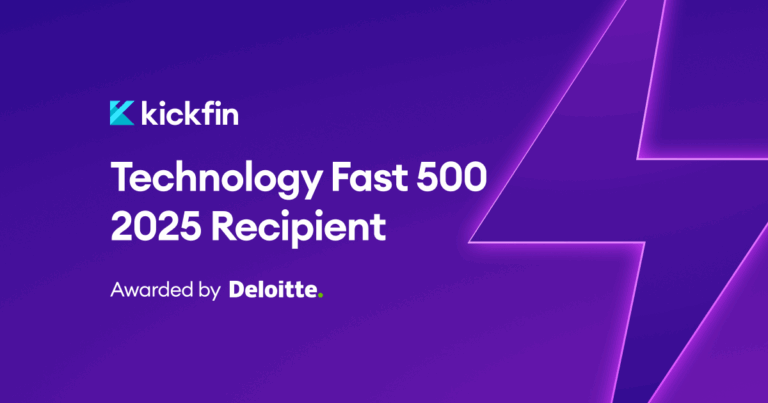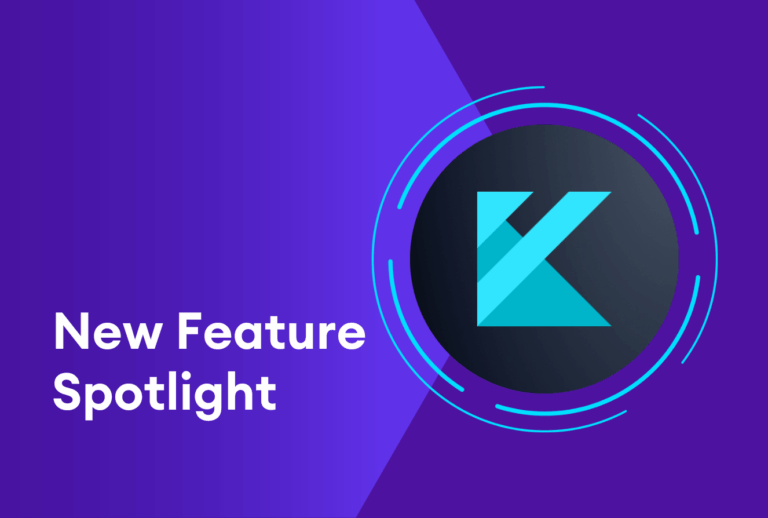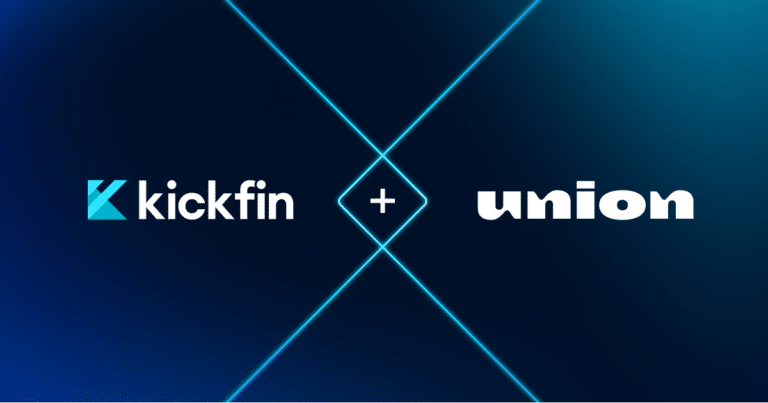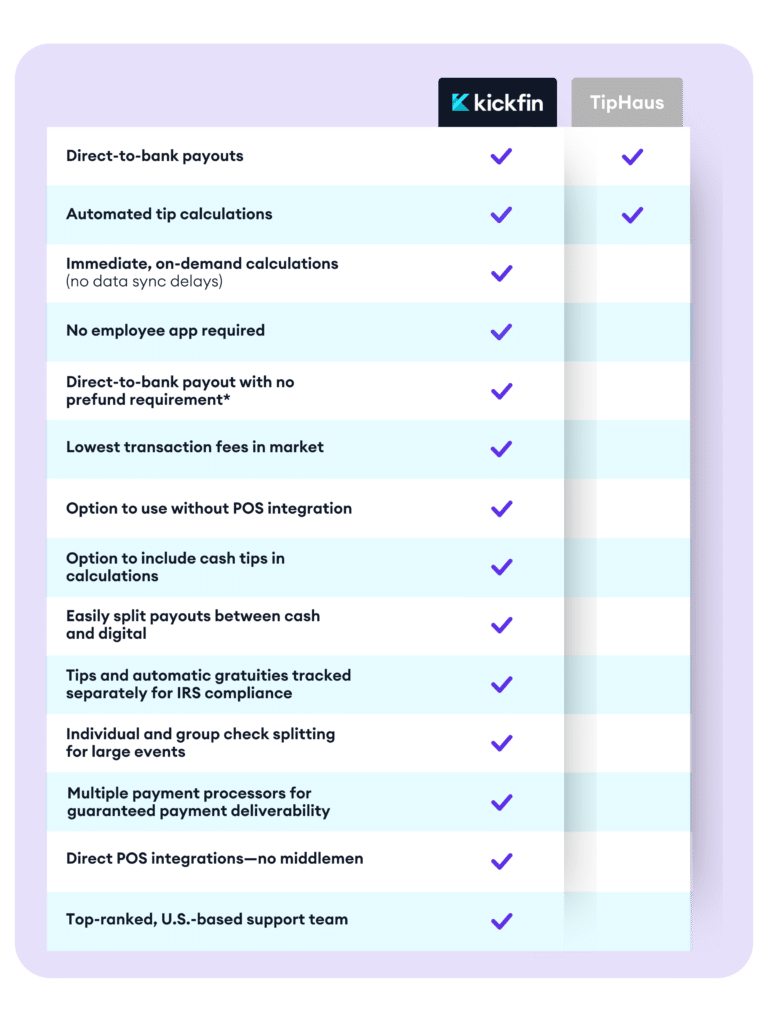Meet Greg.
As a veteran of the service industry, Greg Nasser has been a bartender, cooked, and eventually opened restaurants of his own. Over his long career in the industry, he noticed a common trend: restaurants often fail prematurely. And more often than not, failing restaurants seem to operate on intuition and impulse, rather than looking to the data.
That’s why he created Borne. At Borne, they’re focused on restaurant intelligence powered by AI and machine learning, with the goal of preventing premature restaurant closures. With data-backed insights, Borne provides restaurateurs with the tools and information they need to make the right business decisions and stay afloat.
What are the main reasons you see restaurants fail?
There are a lot of reasons that restaurants fail, but those reasons usually fall into one of two major buckets: wrong concept or wrong location.
From the wrong concept side, a boring or forgettable concept in an already saturated market doesn’t make sense. There may be value perception issues — like a higher check average when there are 10 other burger restaurants that are all half the price. You need to understand what people want and need in a neighborhood, which is where tech can come in. AI allows you to pinpoint what people are searching for and offer them a concept that they want.
The other bucket is wrong location. In this category, a lot of restaurants fail because of a bad lease deal. Owners often find themselves signing an unfavorable lease based on unrealistic projections. People often overestimate the consumer value sentiment for their brand based on incorrect information or human intuition that isn’t complemented with data. That leads to failure because people don’t see value in your concept in the area.
How are restaurants faring in 2023?
Restaurant closures overall are down in 2023 from 2022. But, first off, restaurant closures are not predictive of economic trends — they’re kind of a reaction to them.
It’s a complicated question, because different service styles (counter service, drive-thru, full service) all have different metrics. You also have to consider differences between rural, urban, suburban, and destination restaurants.
In the QSR sector, I know that they’re doing 30% better than they were prior to 2019. But in some urban sectors, restaurants in downtown corridors still haven’t recovered as well, especially in cities like San Francisco.
Still, restaurants are definitely going in the right direction, and people are continuing to go out to restaurants and spend money and enjoy themselves.
What are some of the blind spots for restaurant operators that can impact their success?
If we’re talking about in-house operation, your biggest challenge is your prime costs. If you have a relatively fixed prime cost, you kind of know what your cost of goods will be. You can get into the theoretical costs of goods sold to control your cost there.
The one statistic that’s always evolving and changing is labor. With minimum wage increases, insurance increases, legality by city, by state forecasting and understanding how labor can impact your brand over a five-year window is really important. Labor is something that I think a lot of us take for granted.
We also see owners having an idea and hoping to open a restaurant because they’re passionate about it. But does the data back up your idea? Where is the right place to open it? You have to plant seeds early on so that your restaurant can flourish. In the past, you would spend six months on R&D, standing outside of a location to see how many people are going to nearby restaurants and engineering the menu. That old-school methodology is pretty much out of use and only works if you really know the area. Otherwise you’ll get inaccurate information.
The blind spot here is that we have data and AI tools that you can use to guide your human intuition, and that is invaluable for learning what customers will value about your cuisine and brand. You have to learn who your customer is and make sure it matches with your brand personalities.
How important is real estate for the restaurant business? What can operators do to make your location successful?
I mean, it all starts with the location. So one thing to keep in mind is that when we talk about restaurant trip takers and market opportunity, restaurant trip takers will always buy brands that they feel are like minded. If they go to Whole Foods, Lululemon, Pete’s Coffee, then they’ll go to X Restaurant because it makes them feel like the other three.
From a real estate perspective, you need to understand how a brand should feel and how it should be presented to meet the restaurant trip-taker’s needs. That includes the right cuisine for the location.
As I mentioned before, it’s also important to know what a reasonable lease deal is for your restaurant. I think a lot of restaurants fail because of unfavorable lease deals that leave no money on the bottom line. Usually this means they’re overpaying and underperforming.
I think understanding revenue projection and matching occupancy budget for a specific address is really the key to the real estate piece. At the Borne Report, we help people get that and bridge the gap between real estate broker and restaurateur.
How can restaurateurs look more to data and AI rather than their own intuition to ensure that they don’t fail?
The Borne Report is a great resource to help guide human intuition. I don’t think AI should ever take away human intuition on the restaurant side, because the restaurant business is a human business dealing in a lot of human characteristics.
When you look at the Borne Report in its totality, it gives you a really good understanding of cuisine recommendations, revenue projection, market profile of the restaurant trip taker, competitive landscape, and other key data. You also get an inside look into retail and restaurant trends and spend in that specific trade area around that address. It really saves that time that you would need to spend on R&D, allowing you to focus more on things that matter, like guest experience and design.
You can think of the Borne Report as a way to guide your intuition but also as an insurance policy to avoid failing.
What is the outlook for restaurants in 2024? What can restaurants do to stay on top?
Being versatile in service styles is important. Maybe you’re a counter service brand that offers dine-in with beer and wine. Or if you have a model that works well with adding drive-thru, breakfast, or late night, those can be beneficial depending on your location. That versatility will lead to faster growth and more success.
Our models are also predicting that live music, farm-to-table, wine bars, and live fire will be huge trends in 2024. That experiential dining that we didn’t get during the pandemic is becoming more readily available and drawing people in.
To learn more about Greg Nasser and data-backed restaurant recommendations, check out the Borne Report.






